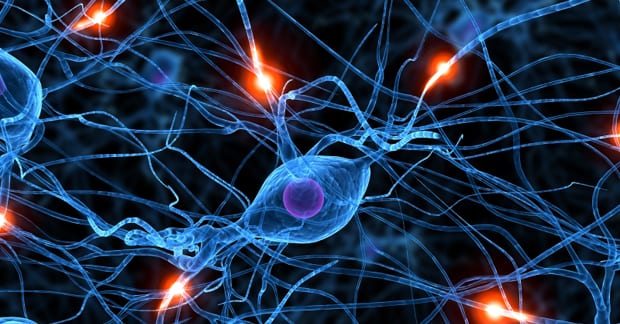Neurological conditions in Canada.
The human brain is utterly baffling. A small organ weighing merely three pounds as an adult has the ability to control and shape a human’s life. Without it, there would be nothing. There are so many different functions… and with that, there are so many things that can go horribly wrong.
Neurological disorders have been diagnosed and treated with some success for many years now. Disorders ranging from Alzheimer’s disease to Tourette’s Syndrome have been cataloged, identified, and treated. In fact, headaches are one of the most common neurological disorders and can affect anyone at any age.
Neurological conditions are a major cause of disability in Canada. They are often chronic and their health and functional impacts may progressively worsen. For some conditions, public health professionals play an important role in primary prevention, while for other conditions; secondary prevention through screening supports early detection.
2010/2011 Database
| Age group | Total, all ages | |
|---|---|---|
| Sex | Both sexes | |
| Geography | Canada3 (map) | |
| Characteristics4, 5, 6, 7, 8, 9, 10 | Number of persons | Percent |
| Neurological conditions | 2010 / 2011 | 2010 / 2011 |
| Number | Percent | |
| All conditions11 | 3,558,388 | 11.0 |
| Migraine headaches | 2,707,392 | 8.3 |
| Multiple sclerosis | 93,535 | 0.3 |
| Epilepsy12 | 128,581 | 0.4 |
| Cerebral palsy | 42,679 | 0.1 |
| Spina bifida | 35,086 | 0.1 |
| Hydrocephalus | 13,236 | 0.0 |
| Muscular dystrophy | 23,350 | 0.1 |
| Dystonia | 13,328 | 0.0 |
| Tourette’s syndrome | 32,492 | 0.1 |
| Parkinson’s disease | 54,897 | 0.2 |
| ALS (Lou Gehrig’s disease/amyotrophic lateral sclerosis) | 4,067E | 0.0E |
| Huntington’s disease | 2,911E | 0.0E |
| Alzheimer’s disease or any other dementia13 | 112,245 | 0.6 |
| Effects of a stroke | 319,354 | 1.0 |
| Brain tumor | 44,634 | 0.1 |
| Spinal cord tumor | 8,958 | 0.0 |
| Brain injury | 133,812 | 0.4 |
| Spinal cord injury | 117,799 | 0.4 |
Seeing these numbers does raise an eye.
Economic burden
The following information is taken from National Population Health Study of Neurological Conditions (PDF Document) (2014), which focuses on a number of neurological disorders.
- 35% of adults with a neurological condition reported that their family had experienced a financial crisis in the previous year.
- 25.4% of adults aged 18-64 yrs. with a neurological condition (excluding migraine) were permanently unable to work.
Annual total and per capita direct health care costs for 13 neurological conditions were three to 41 times higher among individuals with any of the neurological conditions studied than for individuals without that condition. For example:
- $527,494,000 = total direct health care costs for Alzheimer’s disease and other dementias.
- $208,679,000 = total direct health care costs for epilepsy.
- $120,358,000 = total direct health care costs for Parkinsonism.
- $17,720,000 = total direct health care costs for spinal cord injury.
Research funded by the Public Health Agency of Canada:
The Alzheimer’s prevention study (2014) (Centre for Addiction and Mental Health) will apply recent advances in brain science to clinical treatment and is directed towards interventions among people without Alzheimer’s who are at high risk of developing the disease.
The National population health study of neurological conditions (2009-2013) filled gaps in knowledge about neurological conditions and their impacts on individuals, their families, caregivers, and health care systems. The study findings support an improved understanding of the scope, risk factors, health system usage, progression, and impacts of neurological conditions. The results from this study were released in September 2014 in a report entitled “Mapping connections, an understanding of neurological conditions in Canada“.
Brain Canada is a non-profit organization that develops and supports neuroscience research.
Neurological Health Charities Canada (NHCC) is a collaborative of organizations that represent individuals and families impacted by neurological and/or neuromuscular diseases, disorders, conditions and injuries across Canada.
NeuroDevNet is a Canadian network of Centres of Excellence dedicated to understanding brain development and to supporting children and their families to navigate the challenges of living with neurodevelopmental disorders.
